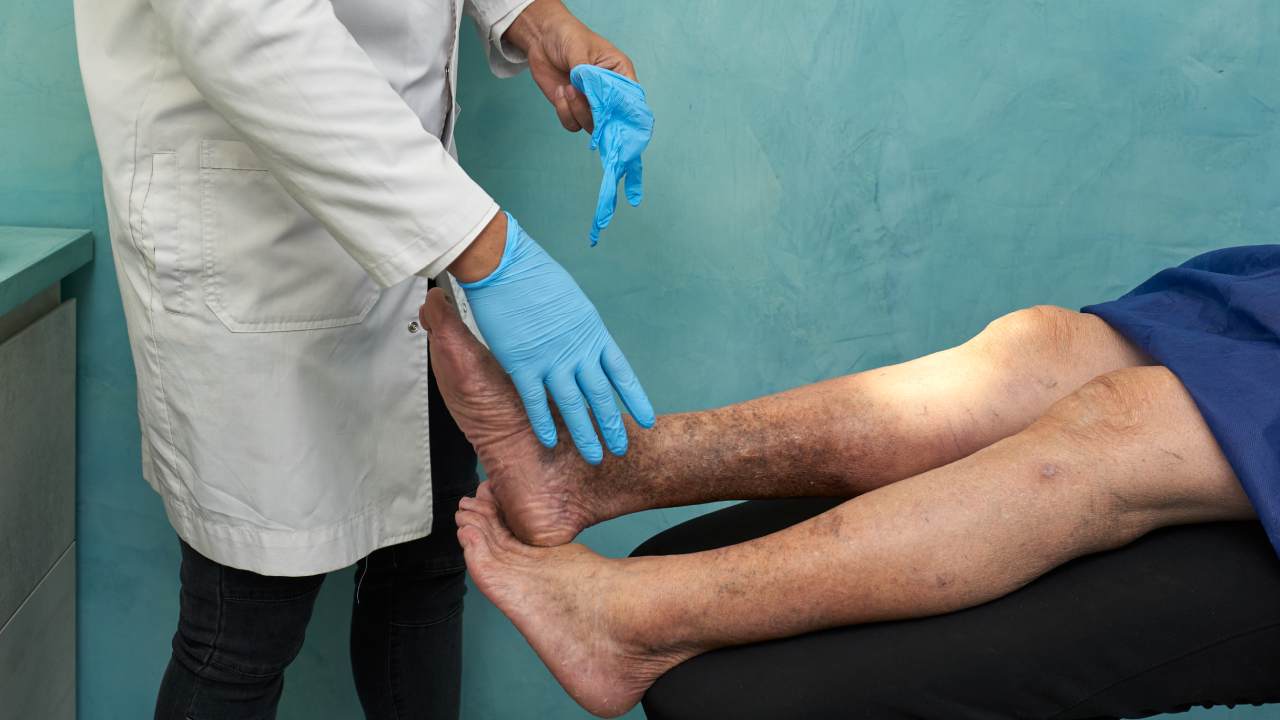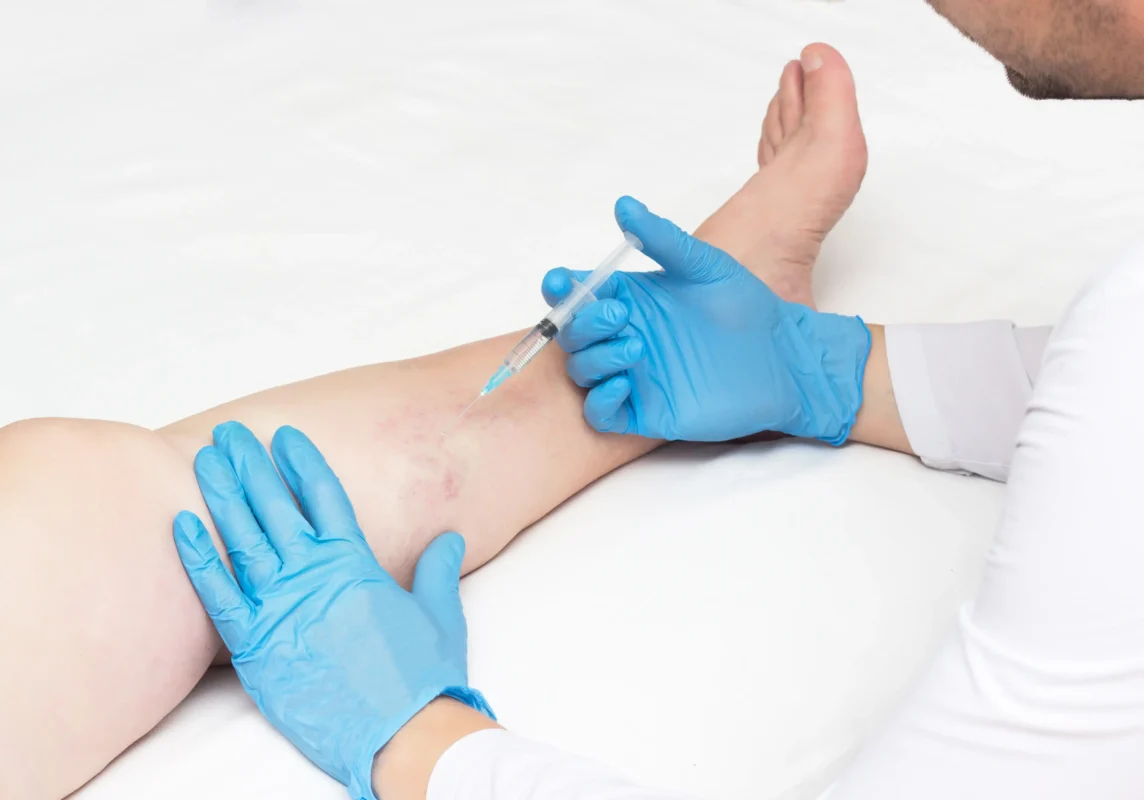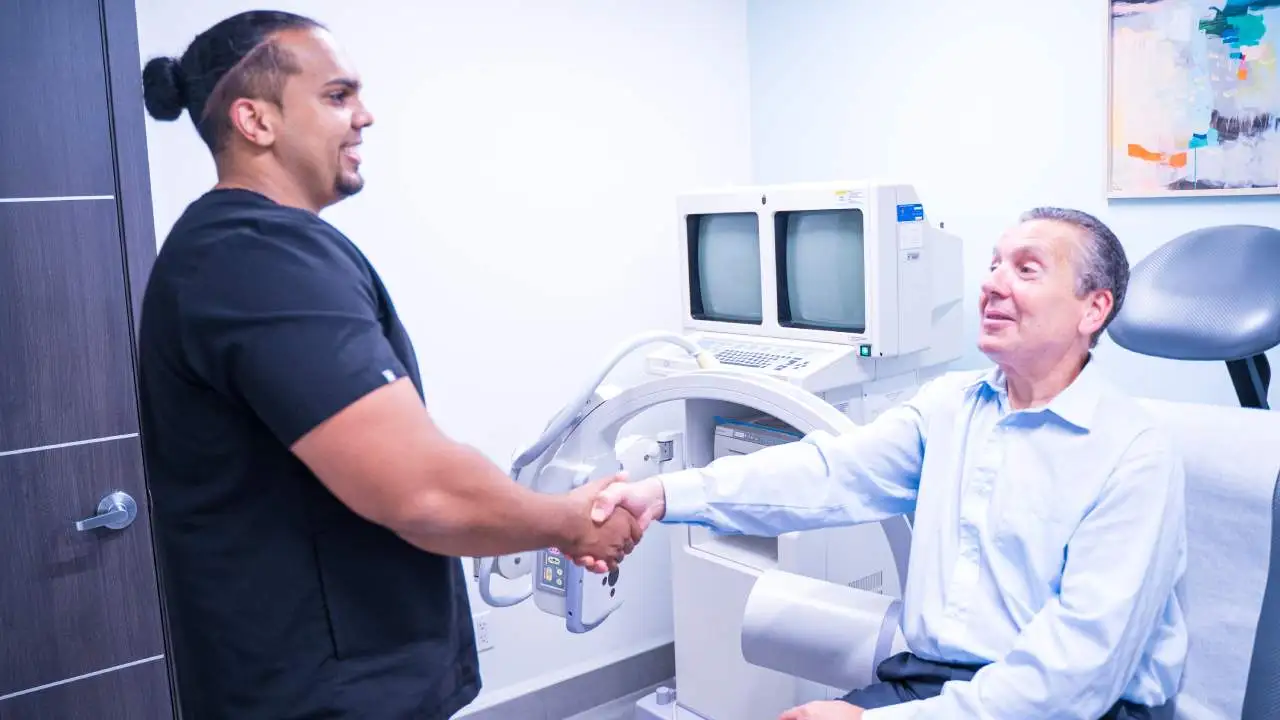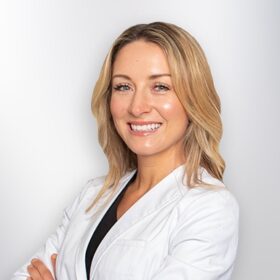You come home after a long day, ready to relax, but instead of feeling relieved, your legs feel heavy, achy, and tired. You notice visible veins on your legs, perhaps some swelling, and wonder if it’s just a sign of aging or something more serious. If this is familiar, you might have a common yet often misunderstood condition known as venous reflux, also referred to as chronic venous insufficiency, which can lead to more severe health issues down the line.
At Vein Treatment Clinic, our board-certified vein doctors specialize in diagnosing and treating venous reflux and related conditions like varicose veins and spider veins. With locations across New York, Long Island, California, Maryland, and New Jersey, we are here to help you achieve healthier legs. Visit your nearest vein clinic and request insurance verification to learn more about your minimally invasive vein treatment options.
What is Venous Reflux?
Venous reflux, also known as chronic venous insufficiency, occurs when the valves in your leg veins fail to function properly. These valves are supposed to ensure that blood flows upward toward the heart, but when they become damaged or weakened, blood can flow backward and pool in the veins. This increases pressure within the veins, leading to the development of varicose veins, spider veins on legs, and other symptoms associated with venous reflux.
This condition is more than just a cosmetic concern. While the visible signs might be the first thing you notice, venous reflux can also cause discomfort, pain, and other health issues if left untreated. Understanding the early signs and symptoms is essential for seeking timely intervention and preventing the progression of the disease.
Signs and Symptoms of Venous Reflux
- Bulging, twisted, varicose veins
- Swelling in the legs and ankles
- A sensation of aching or the legs feel heavy
- Pain or cramping, especially after prolonged sitting or standing
- Itchy or dry skin near the affected veins
- Discoloration of the skin, often brownish or reddish patches
- The development of ulcers or sores on the legs
- The appearance of spider veins on legs
If you experience any of these symptoms, it is important to consult with a vein doctor to determine the underlying cause and appropriate treatment. Contact us to schedule a consultation at one of our Vein Treatment Clinic locations.
Possible Consequences of Untreated Venous Reflux:
- Varicose Veins: One of the most common consequences of venous reflux is the development of varicose veins. These are enlarged, twisted veins that can be seen just under the surface of the skin. While they might start as a cosmetic concern, varicose veins can become painful and lead to more serious health problems if not treated.
- Leg Ulcers: Chronic venous insufficiency can lead to the development of venous ulcers, which are open sores that usually form around the ankles. These ulcers can be painful, difficult to heal, and may become infected if not properly managed.
- Deep Vein Thrombosis (DVT): In some cases, untreated venous reflux can increase the risk of deep vein thrombosis (DVT), a condition in which a blood clot forms in the deeper veins of the leg. DVT is a serious condition that requires immediate medical attention, as it can lead to life-threatening complications if the clot travels to the lungs.
- Skin Changes and Discoloration: As venous reflux progresses, you might notice changes in the color and texture of the skin around the affected veins. This can include redness, brownish discoloration, and thickening of the skin, often referred to as lipodermatosclerosis. These are often a sign that the condition is worsening and requires prompt treatment.
How to Treat Venous Reflux?
Fortunately, venous reflux is a treatable condition, and several varicose vein treatments are available to manage and correct the underlying issues. At Vein Treatment Clinic, our Harvard-trained vein doctors are experts in providing these state-of-the-art vein treatments, ensuring that each patient receives a personalized treatment plan based on their specific needs.
Radiofrequency Ablation
Radiofrequency ablation (RFA) is a popular and effective treatment for venous reflux. This treatment involves using radiofrequency energy to heat and close off the affected veins. By sealing the faulty veins, blood is rerouted to healthier veins, reducing symptoms and improving circulation. RFA is minimally invasive, requiring only a small incision, and patients typically experience minimal discomfort and a quick recovery time.
Endovenous Laser Ablation
Endovenous laser ablation (EVLA) is another highly effective treatment for venous reflux. Similar to RFA, EVLA uses laser energy to heat and close the affected veins. The laser fiber is inserted into the vein through a small catheter, and the heat generated by the laser causes the vein walls to collapse and seal shut. EVLA is performed under local anesthesia and is an excellent option for patients seeking a minimally invasive solution with minimal downtime.
VenaSeal
VenaSeal is a cutting-edge treatment option for venous reflux that involves sealing the affected vein with a medical adhesive. Unlike RFA and EVLA, VenaSeal does not require the use of heat, which means there is no need for tumescent anesthesia. The treatment is quick, often taking less than an hour, and patients can return to normal activities immediately. VenaSeal is advantageous for patients who prefer a treatment with minimal discomfort and downtime.
ClariVein
ClariVein is a unique treatment that combines mechanical and chemical methods to treat venous reflux. The process involves inserting a small catheter with a rotating tip into the affected vein. The rotating tip irritates the vein walls, while a sclerosant is simultaneously injected to seal the vein. ClariVein is a minimally invasive treatment that requires no heat or tumescent anesthesia, making it a comfortable option with a quick recovery time.
Sclerotherapy
Sclerotherapy is a highly effective treatment for spider veins and small varicose veins. During this process, a specialized solution is injected into the affected veins, causing them to collapse and fade away. Sclerotherapy is a minimally invasive spider vein treatment that requires no anesthesia and involves minimal downtime. While it can’t treat venous reflux, it’s often performed after other vein treatments to remove the visible spider veins.
Request Insurance Verification for Venous Reflux Treatments
At Vein Treatment Clinic, we understand that the cost of treatment can be a concern for many patients. The good news is that most vein treatments, including those for venous reflux and varicose veins, are covered by medical insurance if they are deemed medically necessary.
While spider veins are often viewed as a cosmetic issue, the treatment for their root cause—venous insufficiency—is typically covered by insurance. This means that if you are diagnosed with venous insufficiency, your sclerotherapy may also be covered. We offer insurance verification to help you understand your coverage options before you even step into our clinic. Contact us for insurance verification to learn more about our vein treatments.









